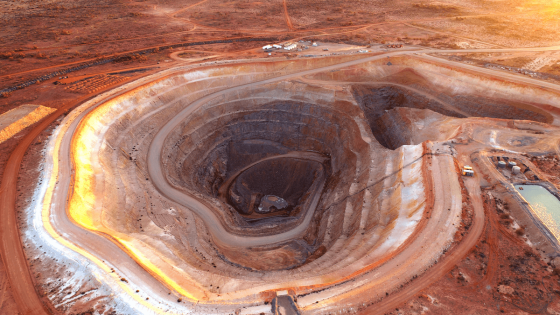Beneath our feet lies a hidden world of staggering scale, a deep ecosystem teeming with billions of microorganisms. This subterranean realm, often dubbed the “subterranean Galapagos,” showcases a genetic diversity that may rival life above ground. Presenting their groundbreaking findings at the American Geophysical Union’s annual meeting in 2018, researchers revealed that approximately 70% of Earth’s microbes reside underground, suggesting a vast, unexplored biological treasure.
- Subterranean ecosystem rivals surface biodiversity.
- 70% of Earth's microbes live underground.
- Deep biosphere contains immense carbon reserves.
- Microbial life thrives under extreme conditions.
- Research reveals vast unexplored microbial diversity.
- Deep life impacts surface ecosystems significantly.
These microorganisms represent an astonishing 15 to 23 billion tonnes of carbon—hundreds of times the carbon mass of all humans. With only a fraction of this deep biosphere explored, scientists are eager to understand how these resilient organisms thrive under extreme conditions. What secrets does this ecosystem hold? And how might it impact life on the surface? As we delve deeper, we are reminded of the immense potential for discovery, especially since the findings were shared on 2025-08-25 19:45:00.
This remarkable ecosystem raises intriguing questions about the limits of life. How do these microorganisms survive in such harsh conditions? The research highlights several key points:
- Microbes in the deep biosphere may exceed surface biodiversity.
- Subsurface life could influence surface ecosystems in unknown ways.
- Extreme conditions challenge our understanding of life’s adaptability.
- Deep biosphere research is still in its infancy, with much left to explore.
As we continue to explore this hidden world, the potential for scientific advancement is immense. Future research could unlock answers to fundamental questions about life itself, urging scientists to push the boundaries of our knowledge.

































